Archives
- 2025-11
- 2025-10
- 2025-09
- 2025-03
- 2025-02
- 2025-01
- 2024-12
- 2024-11
- 2024-10
- 2024-09
- 2024-08
- 2024-07
- 2024-06
- 2024-05
- 2024-04
- 2024-03
- 2024-02
- 2024-01
- 2023-12
- 2023-11
- 2023-10
- 2023-09
- 2023-08
- 2023-07
- 2023-06
- 2023-05
- 2023-04
- 2023-03
- 2023-02
- 2023-01
- 2022-12
- 2022-11
- 2022-10
- 2022-09
- 2022-08
- 2022-07
- 2022-06
- 2022-05
- 2022-04
- 2022-03
- 2022-02
- 2022-01
- 2021-12
- 2021-11
- 2021-10
- 2021-09
- 2021-08
- 2021-07
- 2021-06
- 2021-05
- 2021-04
- 2021-03
- 2021-02
- 2021-01
- 2020-12
- 2020-11
- 2020-10
- 2020-09
- 2020-08
- 2020-07
- 2020-06
- 2020-05
- 2020-04
- 2020-03
- 2020-02
- 2020-01
- 2019-12
- 2019-11
- 2019-10
- 2019-09
- 2019-08
- 2019-07
- 2019-06
- 2019-05
- 2019-04
- 2018-07
-
One effective approach to fine tuning the lipophilicity prof
2021-12-22
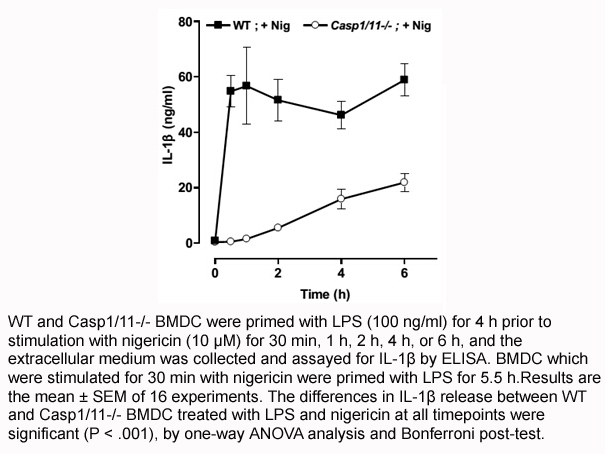
One effective approach to fine-tuning the lipophilicity profile of FFA1 agonists is to ‘decorate’ the 3-phenylpropahoic RGFP966 scaffold with polar heterocyclic moieties. Alternatively, this scaffold could be replaced with heterocyclic isosteres (as in Takeda’s compounds 1,2 and 3 as well as Amgen’
-
Considering together the conformational docking and SAR
2021-12-22
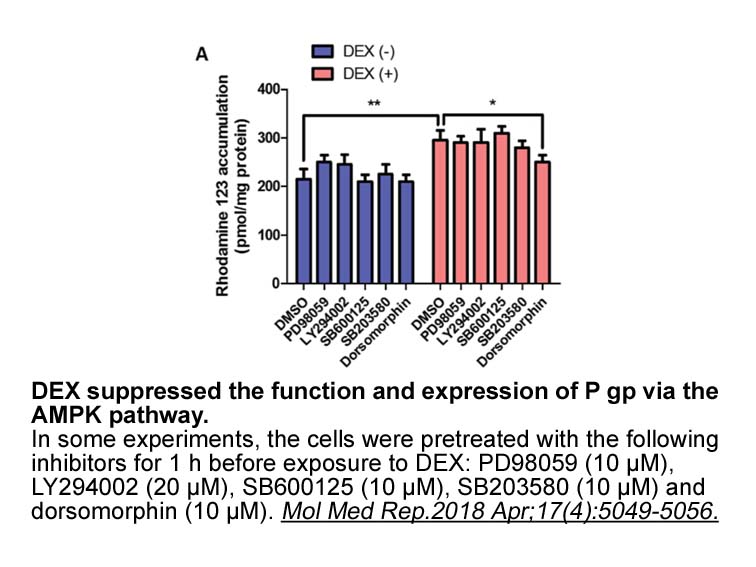
Considering together the conformational, docking and SAR results of this and of previously published papers, a three points pharmacophore model can be developed considering the indispensable residues of SRSRY derived antagonists, namely Arg89, Arg91 and Tyr92. This model is shown in Fig. 10, and req
-
However T DM and associated hyperglycemia can adversely
2021-12-21

However, T1DM and associated hyperglycemia can adversely affect the structure and function of the heart in several mechanisms including inhibiting the anabolic effect of insulin due to its deficiency, generation of higher levels of ROS and induction of lipid peroxidation, and subsequent activation o
-
The membrane metalloendopeptidase MME gene is located
2021-12-21

The membrane metalloendopeptidase (MME) gene is located at human chromosome 3q21-27. It encodes a 100-kD type II transmembrane glycoprotein, a widely expressed membrane metalloendopeptidase that degrades a number of substrates. The active site of the enzyme faces the extracellular space. MME is wide
-
br Acknowledgments We thank Prof Alexander
2021-12-21

Acknowledgments We thank Prof. Alexander D. Johnson and Suzanne M. Noble for kindly providing SN strains. This work was supported by Chinese National Natural Science Foundation Grants 31370105 and 31300057, and Shanghai STCSM Grant 12JC1409300. Introduction Organisms modulate gene expression
-
Our senescence induction method of choice
2021-12-21

Our senescence induction method of choice was replicative exhaustion, although p300 KD was also able to delay the onset of OIS (Figures 7Q and 7R). RS has been implicated in tissues with high turnover such as skin, gut, and blood (Hornsby, 2002) and likely the few mitotic CAY10603 in the body, such
-
Regarding the predictive value of the antidepressant effects
2021-12-21

Regarding the predictive value of the antidepressant effects of VP2.51 treatment (Fig. 4), different GSK-3 inhibitors produce decreased immobility in forced swim test (Du et al., 2010, Gould and Manji, 2004, Kaidanovich-Beilin et al., 2004, Rosa et al., 2008), with this being a widely used test to a
-
br Author contributions br Conflict of interest br
2021-12-21

Author contributions Conflict of interest Acknowledgments We appreciate technical support of the Research Support Center at the Graduate School of Medical Sciences of the Kyushu University. This study was supported by the Uehara Memorial Foundation and a KAKENHI grant from the Ministry of E
-
br Mutagenesis and Receptor Modeling Studies br
2021-12-21
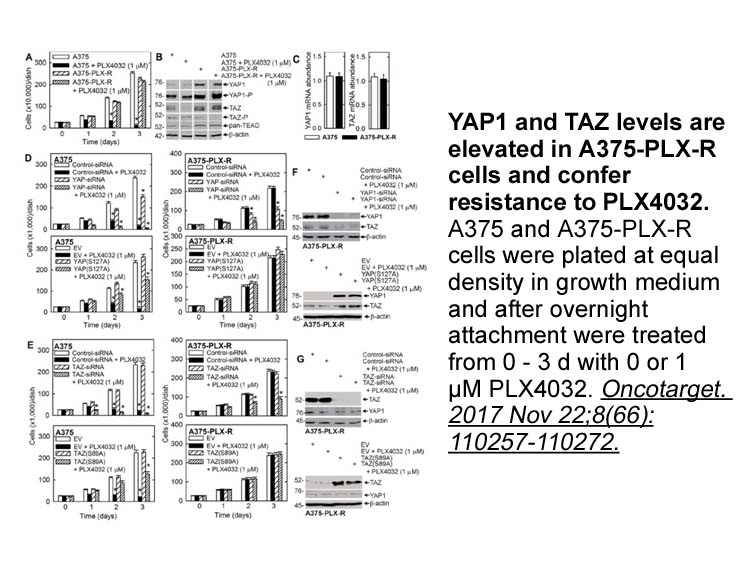
Mutagenesis and Receptor-Modeling Studies Signal Transduction and Receptor Desensitization Therapeutic Potential of HCA Receptor Ligands Although all members of the HCA receptor family are potentially interesting drug targets, only HCA2 is currently exploited as such. Therefore, this sectio
-
recommended reading Although it is currently unknown why the
2021-12-21

Although it is currently unknown why the longer splice variant found in the human has not been found in any other species, similar results have been reported for other receptors, including the recommended reading receptor splice variant ERbeta2 identified in human and primate, but not other species
-
As part of our discovery efforts searching for
2021-12-21
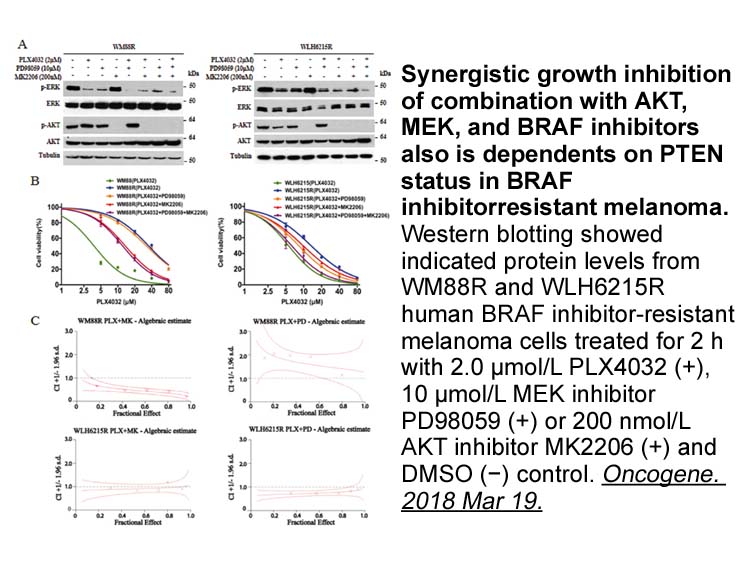
As part of our discovery efforts searching for small molecule GPR119 agonists, we analyzed active pharmacophores of known agonists from the literature, and found that -methylsulfonylphenyl and substituted 4-hydroxyl piperidine are common fragments. In our initial efforts, we linked these two fragmen
-
Similar to GPR A activation of G protein coupled receptor
2021-12-21

Similar to GPR109A, activation of G-protein-coupled receptor 81 (GPR81, also called HCAR1 (hydroxycarboxylic what does cytoskeleton do receptor 1)) by lactate suppresses lipolysis (Fig. 1), suggesting GPR81 to be a potential drug target for treating T2DM (Boyd et al., 1974, Cai et al., 2008, Gold e
-
br Niacin has long been used for
2021-12-21
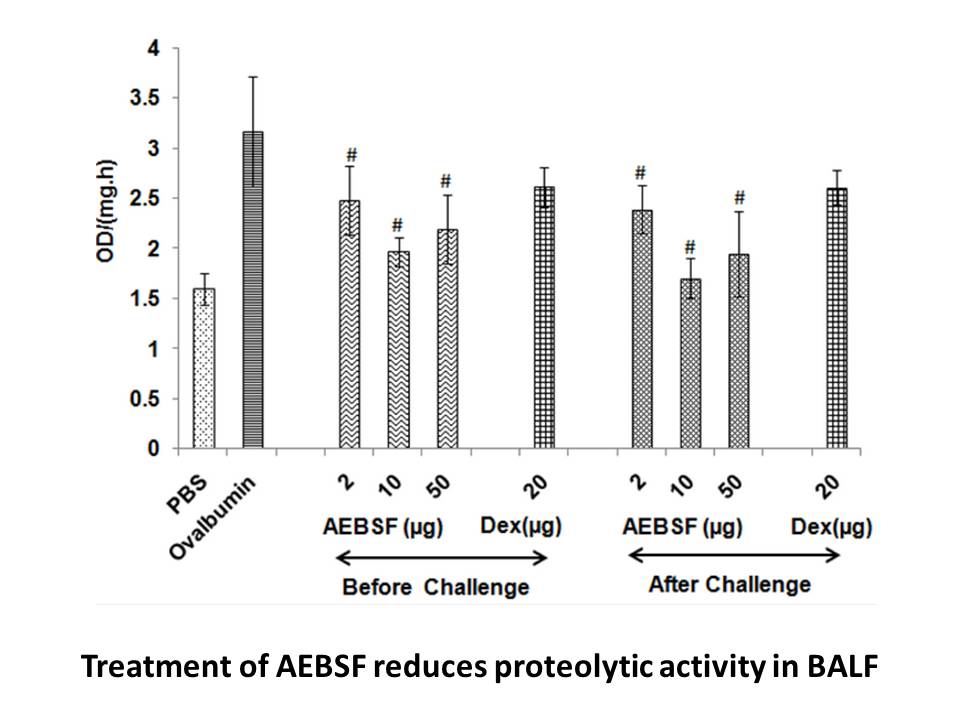
Niacin () () has long been used for the treatment of lipid disorders and for the prevention of cardiovascular disease, the leading cause of death in the U.S., as a result of its ability to raise high-density lipoprotein (HDL) levels. Recent mechanistic investigations have shown that niacin may exe
-
Overall our results indicated the involvement of GABAAR in
2021-12-21

Overall, our results indicated the involvement of GABAAR in controlling GnRH/LH release through mechanism which included GABA action on molecular processes leading to GnRH biosynthesis. This is consistent with previous in vivo [14,54] and in vitro [55] studies in ewes suggesting that GABA inhibits G
-
There are three classes of receptors for herpes virus
2021-12-21
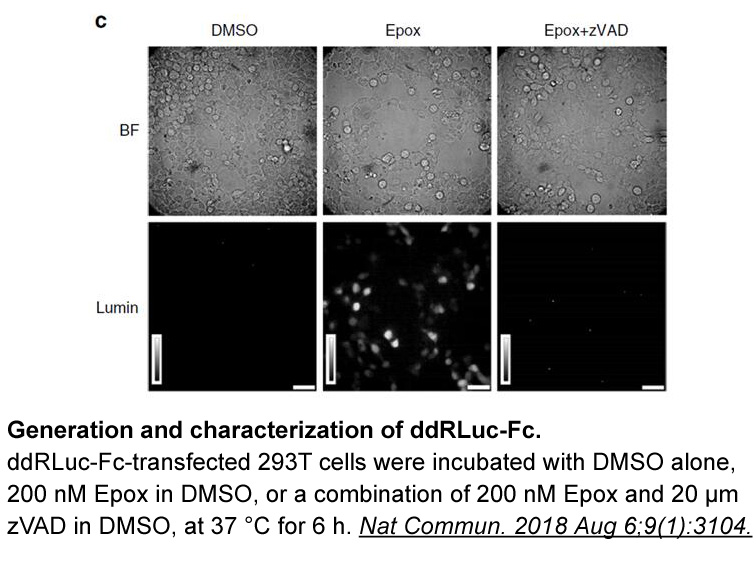
There are three classes of receptors for herpes virus gD have been described [18,24]. Among those three, herpes virus entry mediator A (HveA) is also known as HVEM. This receptor is a member of the tumor necrosis factor receptor (TNFR) superfamily [25]. The other class of receptors is HveC which is
15957 records 540/1064 page Previous Next First page 上5页 536537538539540 下5页 Last page